The myth about CDs
You often hear statements like “Compact Discs (CDs) don’t sound good“, and “vinyl sounds better than CDs“, etc…
Why many CDs don’t sound as good as they should:
When CDs first came to market in the late 70s, the technology and CD players of the time only had 12 or 14bit digital-to-analogue converters (the thing that converts the audio to digital information) and also had brick wall filters to remove frequencies above the human hearing range (the Nyquist Frequency, which is 22,050Hz ).
Don’t be too concerned if you don’t fully understand the above – it’s basically stating that the electronics of the time was not up to scratch, and the circuitry introduced some shortcomings. To combat the shortcomings (weak audio frequencies) they introduced something called “pre-emphasis”.
Pre-emphasis works by boosting some weak audio frequency signals before they are recorded, and then the CD players had “de-emphasis” (filters) when played back, to filter the boosted frequencies back out.
If you listened to the original recording the boosted frequencies (pre-emphasis) without the de-emphasis (filtered frequencies) it sounds really harsh. Virtually all Japanese CDs manufactured in the 80s have pre-emphasis but some right up to the present day have it.
![]()
Vinyl
Now, believe it or not, vinyl also has pre-emphasis on recordings and de-emphasis circuitry on the amplifier pre-amp – this is known as the RIAA equalization curve. This is still used today boosting certain frequencies on the recording and filtering on playback. The difference is that ALL systems have the de-emphasis.
![]()
Tape
Tape also had pre-emphasis but it was switchable (primarily called Dolby, but also names like Chrome, Hi Bias, etc.), so if it was recorded with that that system all you need do was turn it on during playback and it would sound right.
What went wrong with CDs?
Reason 1: PRE-EMPHASIS & DE-EMPHASIS
When the CD ROM Drive was introduced on to personal computers, it would save and playback recordings without the de-emphasis, as music was not its primary purpose (some playback programs do have it but many didn’t). Eventually they stopped putting pre-emphasis on many recordings as the better circuitry didn’t need it, but if you playback a 1980s or 1990s CD recorded with pre-emphasis, in comparison it will sound very harsh.
So the technology today is NOT at fault as a digital medium – the dynamic range far outweighs that of a vinyl or tape – you can have really quiet parts of music and not hear loads of rumble, hiss, noise or scratches as with vinyl and tape.
The difference is every vinyl playback system has the de-emphasis but not every CD player does.
You can fix some CD recordings you may have by running it through software that filters the boosted frequencies (pre-emphasis).
Reason 2: THE “LOUDNESS WARS”
Because of the many flaws of tape and vinyl you have to try and record things as loud as possible so you boost all the quiet parts using compression. This reduces the dynamic range. I’m sure you have all watched a film at the cinema or with a home theatre surround system, and you must have noticed how some dialogue is very quiet and then an action sequence (explosions or gunfire) is extremely loud? This is “dynamic range” and really adds to the experience and makes it exciting.
Digital recordings and media like DVD and Blu-ray have enabled films to be extremely dynamic.
Dynamics could equally be as exciting in music if it were not for the “loudness wars”. So where and how did the “loudness wars” start? In radio – originally most radio was transmitted via Amplitude Modulation (AM) so the louder the audio the larger the signal. Then came FM (Frequency Modulation) stereo radio, and advertisers realised that if they played their adverts louder, people would be more likely to stop and listen.
DIGITAL STREAMING & DOWNLOADS
Once the digital audio age was upon us, people could easily flick through music online to find tunes they liked. Producers and record companies soon realised that if their recording was louder than the one before, people would unknowingly perceive it to be better (it appeared to have more “oomph”!). This kick-started the race to be the loudest. But, the louder the tracks got, the less dynamic they became, so with no quiet parts the loud parts ceased to have any impact – tracks became boring and dull as they were just loud all the way through (“brick-walled”). It’s like life…without good and bad (the highs and the lows) it would just be monotonous and boring…so, to combat this in recent times, streaming services like Spotify have insisted that any music on their service is recorded to a broadcast standard to combat the “brick wall” effect, although you can’t easily fix a recording that has already been brick walled (it’s more often than not, ruined for good).
CONCLUSION
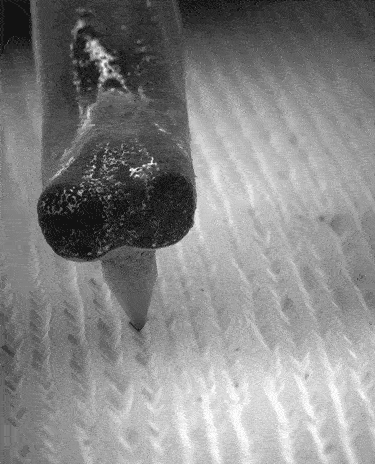 So, the next time you hear that a CD or a rip from a CD that sounds harsh, you’ll understand a little better “why”. There is nothing wrong with a CD as a format or digital recordings as long as you are aware of whether it has the pre-emphases and play it back with de-emphasis or permanently filter it out and save it.
So, the next time you hear that a CD or a rip from a CD that sounds harsh, you’ll understand a little better “why”. There is nothing wrong with a CD as a format or digital recordings as long as you are aware of whether it has the pre-emphases and play it back with de-emphasis or permanently filter it out and save it.
This is the main reason many vinyl junkies swear that vinyl is the best format – it’s not its flawed in many ways, but due to the issues in CDs discussed, it’s the reason it sounds “warmer”. Don’t misunderstand this… vinyl was the best we had for many years. But think about it – you take a studio digital master, then cut a metal disc with peaks and troughs along a groove, then press a piece of plastic from the metal, THEN run a stylus (needle) down the groove and convert the peaks and troughs to electrical pulses, it can only degrade the sound, not improve it. Take away the lovely sleeve images, the sleeve notes, the nostalgia and the “touchy feely” aspects – in comparison, the sound is not quite as good as advertised, despite what many will tell you. I appreciate it has a bit of a novelty appeal for generations who grew up without it, though…
Written and Copyright Paul (DJP Pressure)
https://pressureradio.com – Deep House Radio Station
This article is not for profit or gain, it was written to spread the word and educate. Please share, but don’t copy.
Main Credit source: Hydrogen Audio

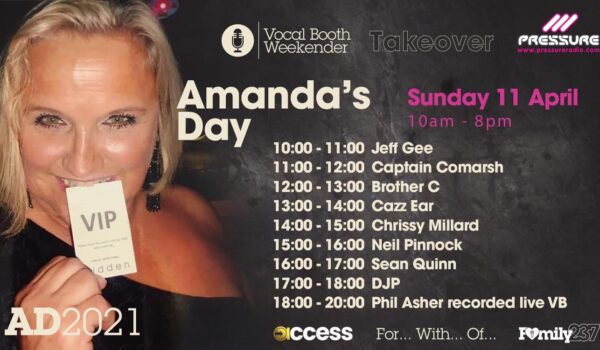
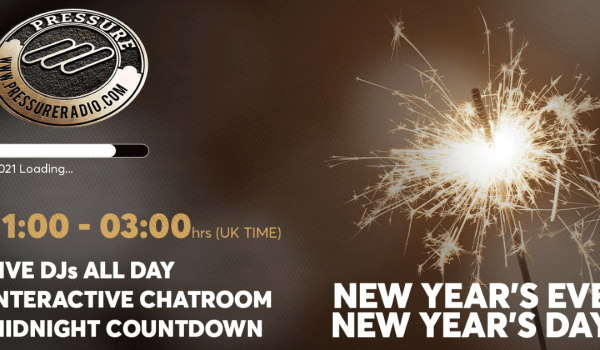
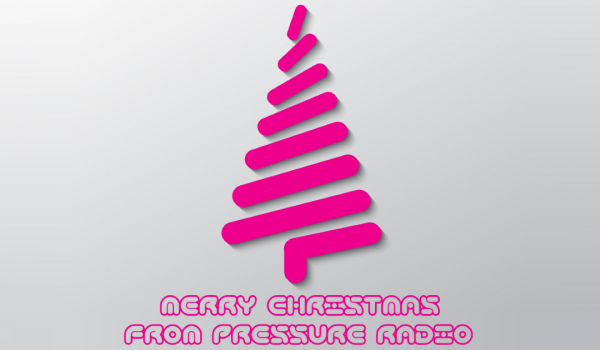

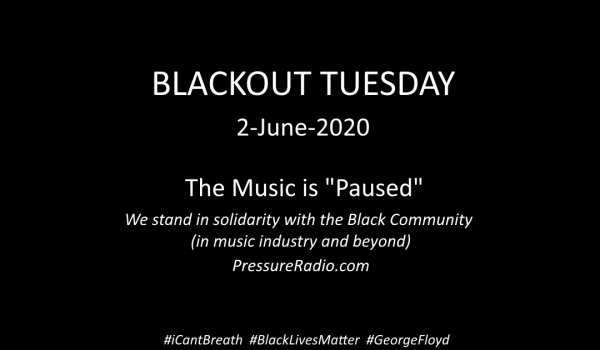
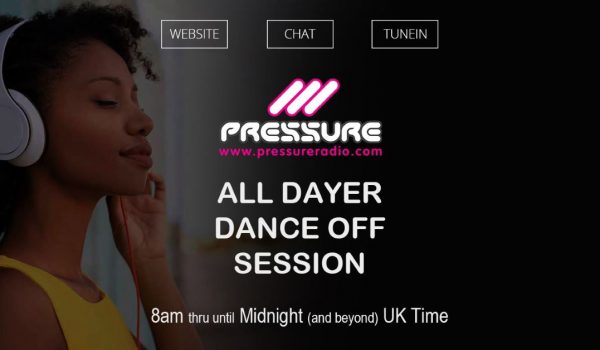



Graham Lynn On 1st September 2019 at 13:10
Thank you for such an interesting article. I have been looking to purchase a replacement CD player for my broken one as I would like to hear how Japanese Blu-spec and SHM CD’s I have recently purchased sound. I read a report about a certain CD player that the DAC does not de-emphasise (a filter not utilised my the manufacturer) so the sound will be bright on earlier pre-emphasised CD’s. I hadn’t understood this aspect of 80’s CD production before although I purchased my first in 1985. So now I understand why CD’s have a reputation for having a bright sound.